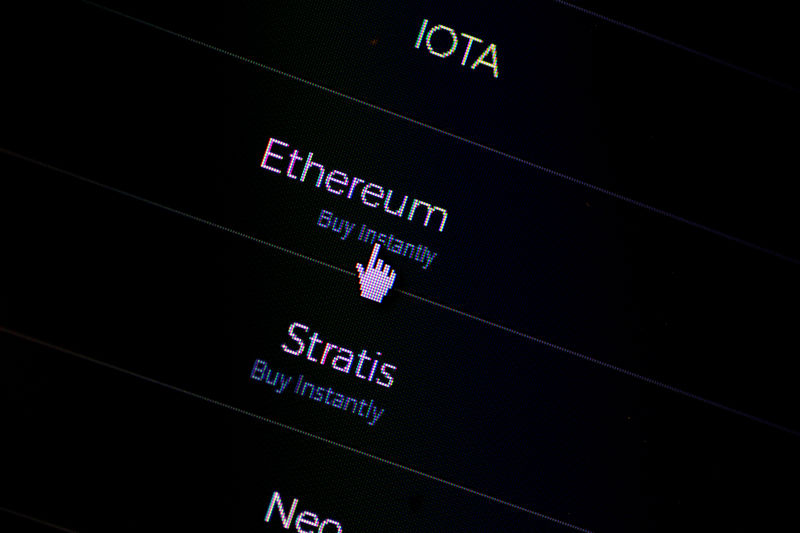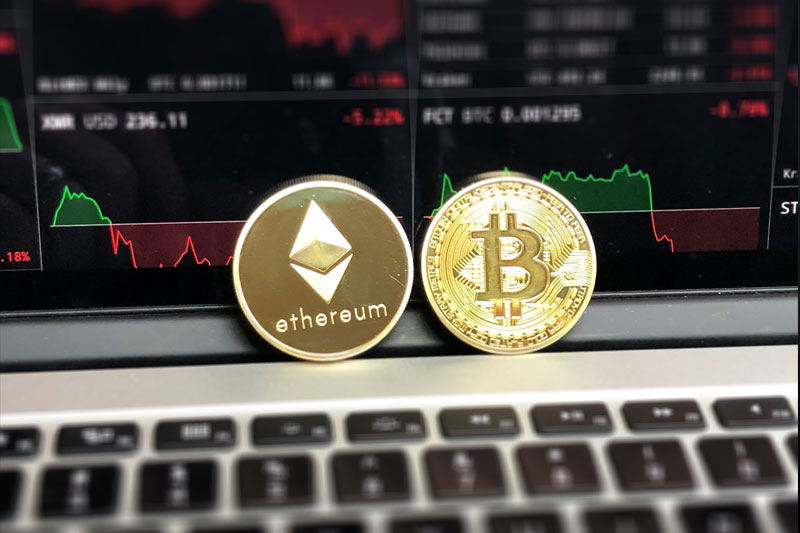U.Today –
BTC as a source of diversification
It is known for its extreme volatility, with major rollercoaster-like price swings: falling more than 64% in 2022 and then rebounding 160% in 2023. This volatility can be a challenge for cryptocurrency traders.
On the other hand, the S&P 500 offers a more stable performance, with an average annual return of 9% to 10% and serves as a benchmark for the US economy. Despite lower returns compared to Bitcoin, the consistency and reliability of the S&P 500 make it a favorite choice for risk-averse investors seeking predictable investment results.
According to Glassnode, cryptocurrency allocations can diversify risk and improve returns in traditional portfolios.
For example, adding small allocations to the Coinbase (NASDAQ 🙂 Core Index (COINCORE), a market cap-weighted crypto index composed primarily of Bitcoin (70.9%) and Ether (21.9%), to a 60/40 portfolio ( 60% MSCI ACWI and 40% US Agg) increased absolute and risk-adjusted returns over a five-year period ending March 31, 2024.
Strong performance in the first quarter
Bitcoin (BTC) had an impressive first quarter in 2024, posting a 69% return and outperforming most traditional asset classes, according to the joint report from Coinbase and Glassnode.
Despite the launch of BTC ETFs, which many thought would lead to a stronger correlation with traditional financial assets, BTC showed minimal correlation with major asset classes, using data from a recent institutional report from Glassnode and Coinbase. This suggests its potential as a valuable component for diversification within a portfolio.
Bitcoin was negatively correlated with the DXY index and gold, while its correlation with the S&P 500 was low at 0.11. This suggests that Bitcoin's price movements are largely independent of traditional markets.
Remove ads
.
However, at the start of the second quarter, BTC is down 15% from its highs, coinciding with the DXY index surpassing 106, further highlighting the negative correlation between the two.
The second quarter report also noted a decline in Bitcoin volatility since January 2020, with spikes becoming less pronounced. Although volatility currently sits just below 60%, the report emphasizes a long-term downward trajectory despite occasional spikes above the trend line, primarily during 2020 and 2021.
As Bitcoin continues to mature into a major asset class, its volatility is expected to continue to decline over time.
Why the stock market is important
According to Tastylive's research, there is generally little correlation between Bitcoin and the S&P 500, except during significant Bitcoin price movements (+5% or more up, or less than -5% down).
When Bitcoin price movement exceeds 5%:
- Average variation of the S&P 500: 0.42%.
- Average variation of the S&P 500: 0.19%.
- Standard deviation: 1.53%.
- Average variation of the S&P 500: -0.67%.
- Average variation of the S&P 500: -0.34%.
- Standard deviation: 2.31%.
- Average variation of the S&P 500: 0.09%.
- Average variation of the S&P 500: 0.11%.
- Standard deviation: 1.11%.
This created a favorable environment for risk-on trading, leading to bullish rallies for both Bitcoin and the S&P 500 Index despite the bearish sentiment following the 2022 correction.
As Bitcoin's correlation with traditional stock markets like the S&P 500 and Nasdaq increases while its correlation with gold decreases, it suggests that Bitcoin is behaving more like a risk asset than a safe haven.
When investors are feeling adventurous, they often gravitate toward stocks and digital currencies in search of higher returns.
Remove ads
.
The growing participation of institutional and retail investors in the stock and cryptocurrency markets could lead to simultaneous buying and selling decisions, aligning the price movements of these assets.
This article was originally published on U.Today.








